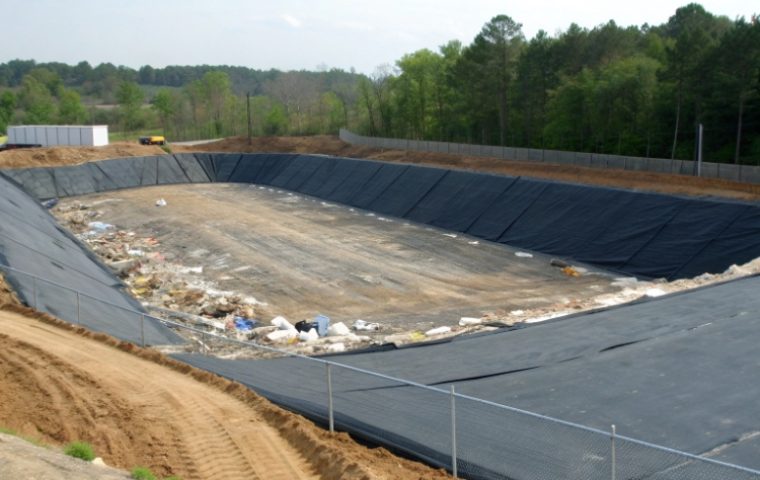Choosing the wrong geomembrane based on a single "strength" metric is a costly mistake. A liner that fails under real-world stress can lead to project failure and environmental liabilities.
HDPE is stronger in tensile strength, puncture resistance, and chemical durability. However, PVC is "stronger" in flexibility, elongation, and conformability to uneven surfaces. The "stronger" material depends entirely on what your specific project demands: rigidity and durability or flexibility and ease of installation.
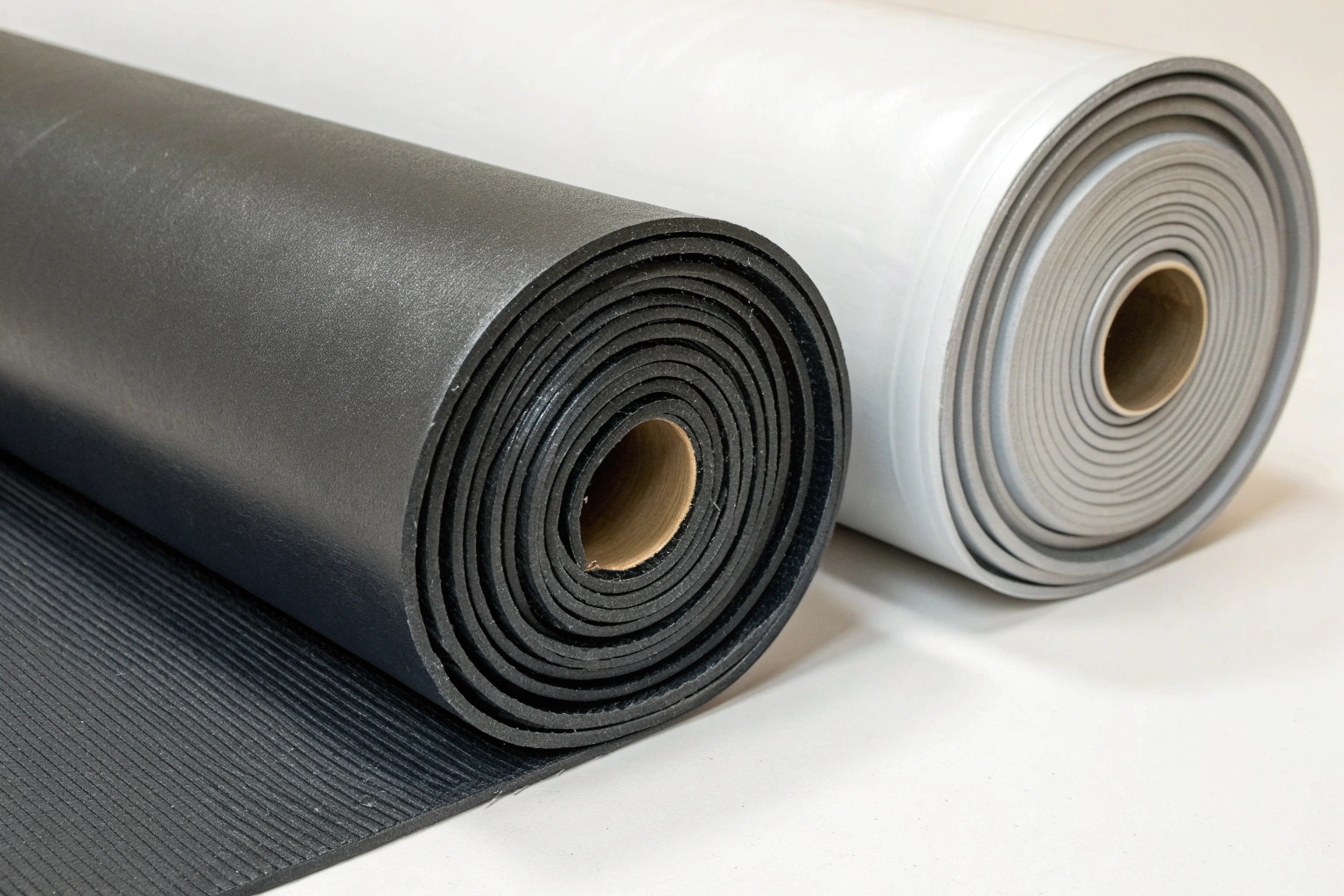
The term "strength" can be misleading. For an engineer or importer, it encompasses multiple performance metrics, from resisting chemical attacks to handling ground settlement. A simple comparison of tensile strength on a data sheet tells only part of the story. To make an informed decision, you must analyze how each material performs under the specific stresses of your project.
What are the main differences between HDPE and PVC geomembranes?
On the surface, HDPE and PVC can appear similar, but their underlying polymer structures are fundamentally different. Mistaking one for the other can lead to catastrophic misapplication and liner failure on site.
HDPE is a rigid, semi-crystalline polymer with high chemical resistance and a long service life. PVC is a more flexible, amorphous polymer whose properties depend on plasticizers, offering excellent conformability but with lower chemical and UV resistance.

These structural differences dictate everything from welding methods to long-term durability. HDPE's toughness comes from its dense molecular structure, making it the preferred choice for harsh environments. In contrast, PVC's flexibility is engineered by adding plasticizers, which makes it easier to install on complex terrain but also makes it more susceptible to degradation over time. Understanding this core distinction is the first step in selecting the right material.
How do their strength, flexibility, and durability compare in real projects?
A technical data sheet shows numbers, but how do they translate to performance on an active construction site? A liner that seems strong on paper can fail when faced with real-world ground settlement or installation stress.
HDPE's high tensile and puncture strength make it superior for static, high-stress applications like landfills. PVC's greater flexibility and elongation make it more forgiving and durable in projects with uneven subgrades or potential settlement, like canals or decorative ponds.
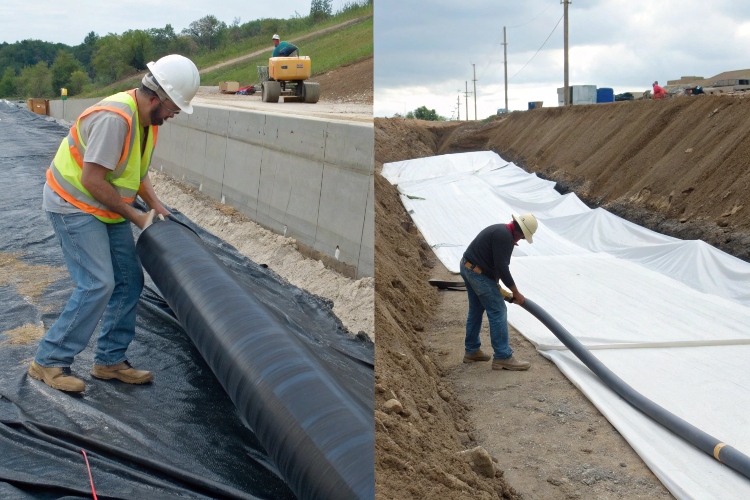
The concept of "strength" in the field is about matching the material's properties to the project's physical demands.
Performance Metrics in Application
| Performance Metric | HDPE (High-Density Polyethylene) | PVC (Polyvinyl Chloride) |
|---|---|---|
| Tensile Strength | Higher. Ideal for bearing static loads and resisting tears. | Lower. Relies on elongation to handle stress. |
| Puncture Resistance | Higher. Better suited for rough subgrades. | Lower. More susceptible to damage from sharp objects. |
| Flexibility | Lower. More rigid, requires a carefully prepared smooth subgrade. | Higher. Conforms easily to irregular shapes and settlement. |
| Failure Behavior | Tends to fail abruptly under extreme stress. | Deforms and elongates significantly before failing. |
Which geomembrane performs better under chemical and UV exposure?
Your geomembrane is under constant attack from its environment. Chemical leeching or solar radiation can degrade a liner from the outside in, leading to premature, catastrophic failure that goes unnoticed until it's too late.
HDPE offers vastly superior resistance to a broad range of chemicals and has excellent long-term UV stability, making it the standard for exposed applications. PVC is vulnerable to certain chemicals and can become brittle with prolonged UV exposure.
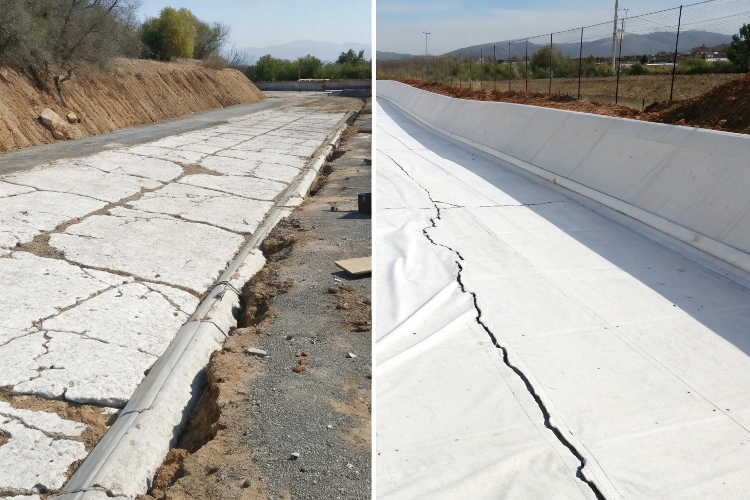
For any project involving aggressive substances or direct sunlight, the choice is clear. HDPE's stable, non-reactive polymer structure is engineered for durability in harsh conditions. While some PVC formulations contain UV inhibitors, they cannot match the intrinsic, decades-long resistance that carbon black provides to standard black HDPE liners. This makes HDPE the only reliable choice for critical containment projects like landfills, mining heap leach pads, and industrial wastewater ponds.
How can I choose the right geomembrane material for my project needs?
With conflicting data points, making the final call between HDPE and PVC can be daunting. A wrong decision at this stage has long-term financial and environmental consequences that cannot be easily undone.
Choose HDPE for projects demanding maximum chemical resistance, puncture strength, and a 30+ year lifespan. Choose PVC for applications where flexibility, ease of prefabrication, and conforming to complex shapes are the top priorities for a shorter-term project.
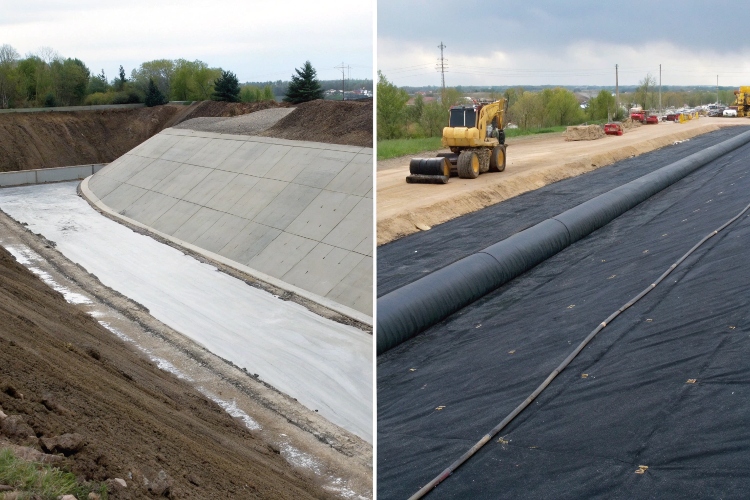
Making the right choice comes down to prioritizing your project's most critical requirements. Use the following framework to guide your decision.
Decision-Making Guide
| Choose HDPE If Your Project Requires: | Choose PVC If Your Project Requires: |
|---|---|
| Superior Chemical Resistance (e.g., landfill leachate, mining chemicals) | High Flexibility (e.g., uneven subgrade, complex shapes) |
| High Puncture & Tear Strength (e.g., rough subgrade conditions) | Prefabricated Panels (e.g., faster installation of smaller ponds) |
| Long-Term UV Exposure (e.g., uncovered reservoirs or caps) | Buried Application (e.g., protected from direct sunlight) |
| A Service Life of 30-50 Years (e.g., critical infrastructure) | A Service Life of 20-30 Years (e.g., decorative features) |
Conclusion
The "stronger" geomembrane is the one best suited for your application. HDPE is stronger against chemicals and punctures, while PVC is stronger in flexibility. Match the material to your project's specific demands.



